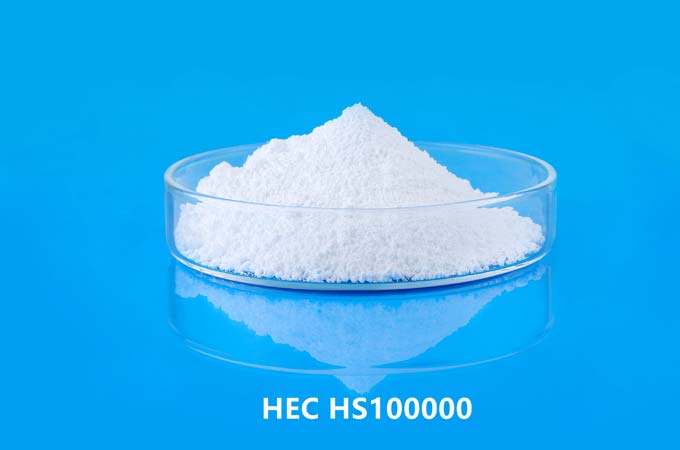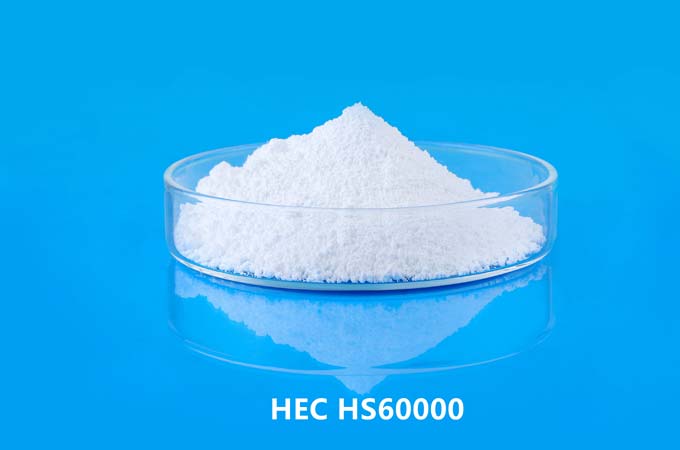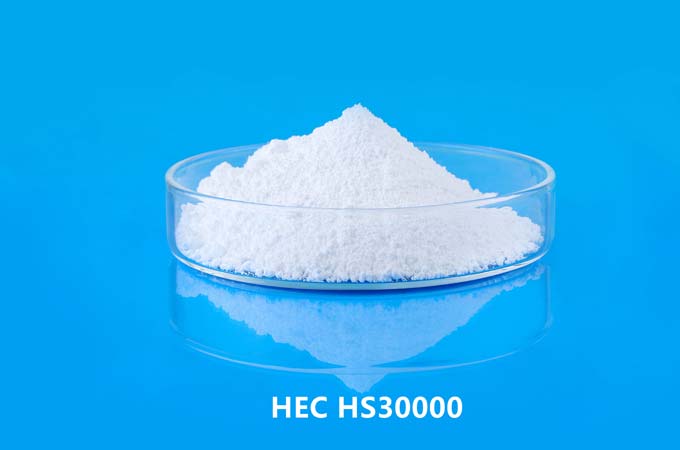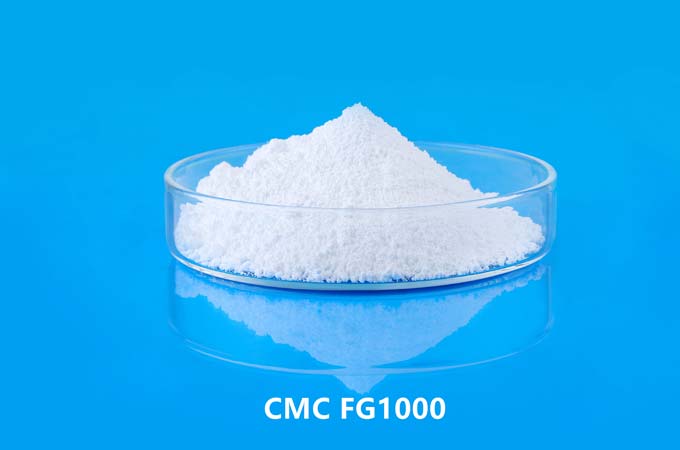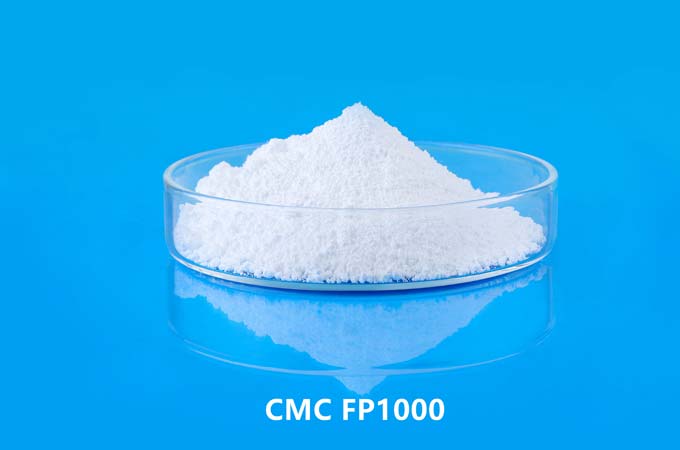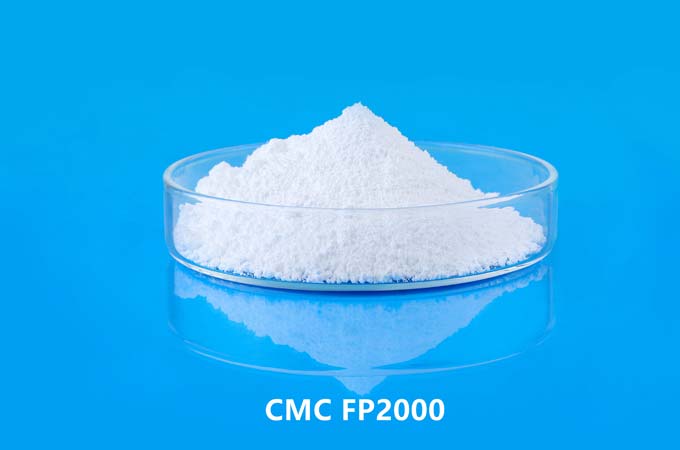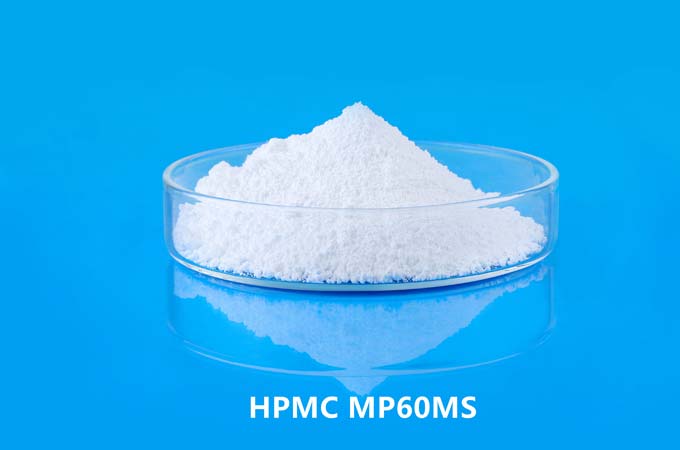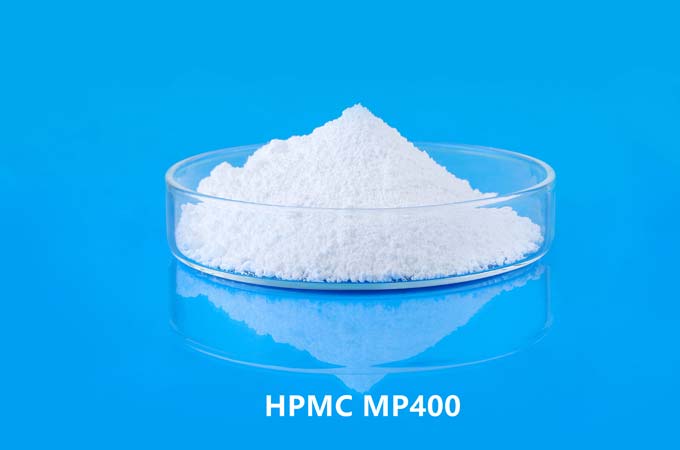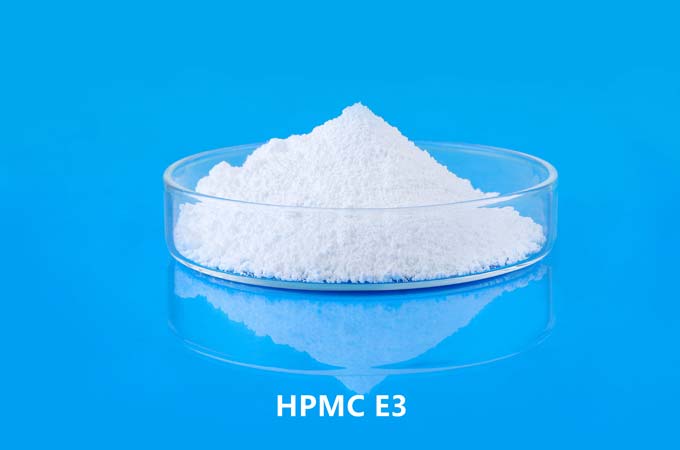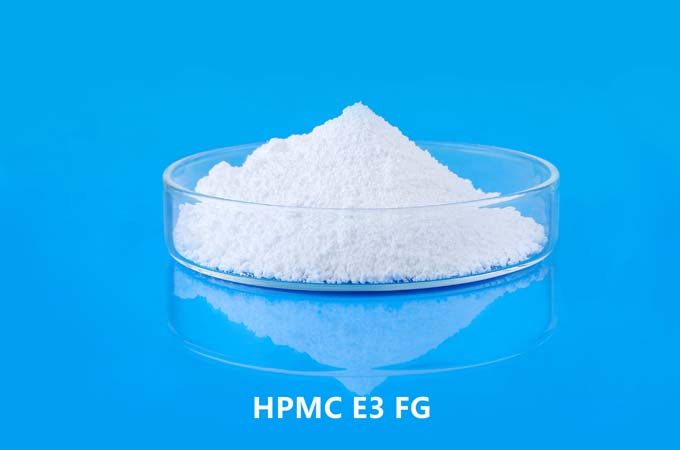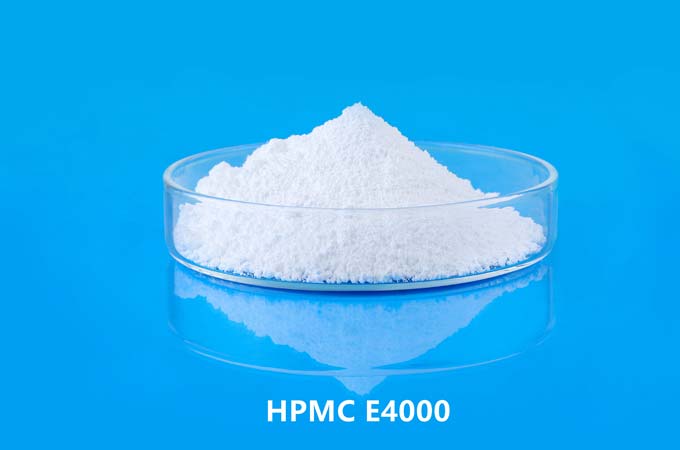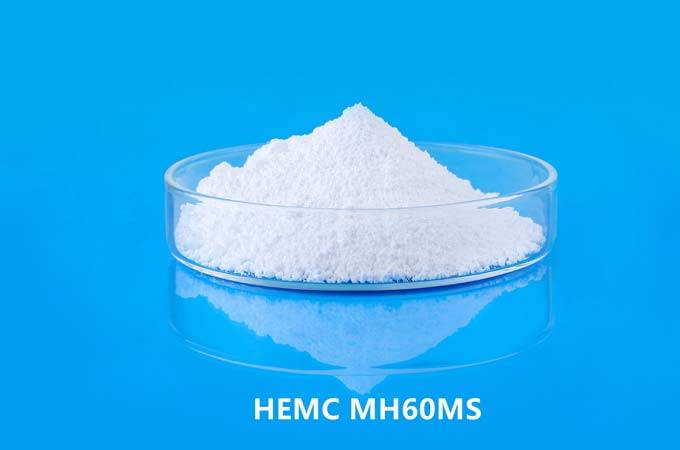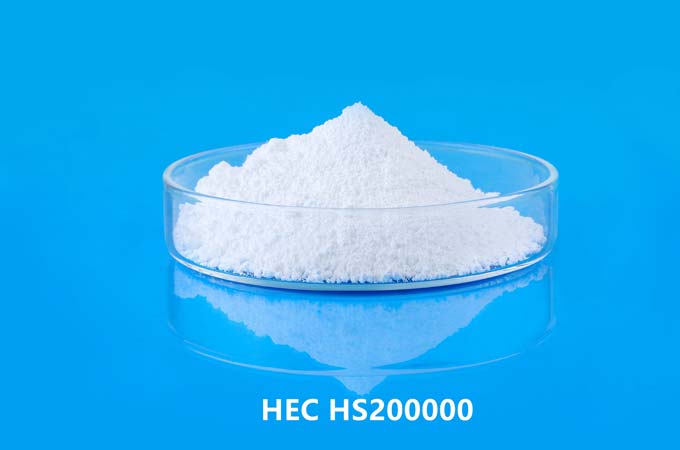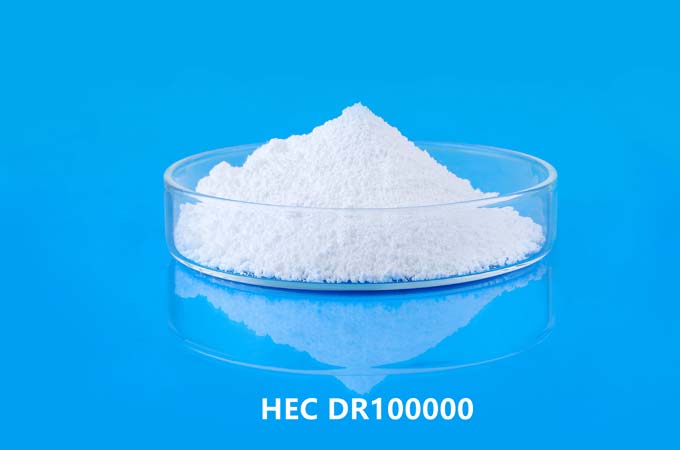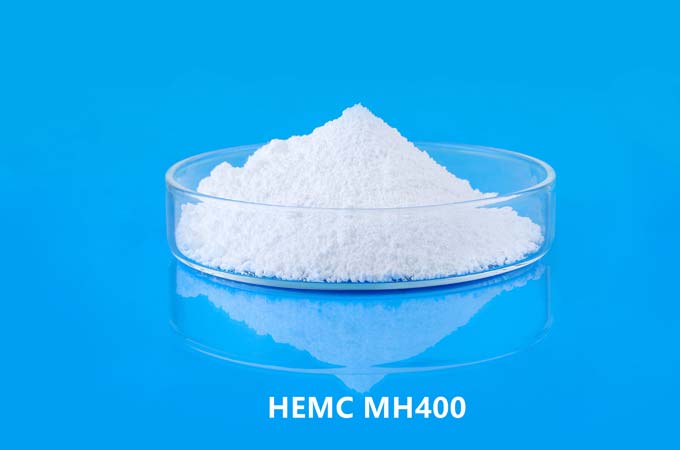Hydroxypropylmethylcellulose (HPMC) is a cellulose ether widely used in a variety of industries, including construction and building materials. In cementitious binders, HPMC serves a variety of functions that help improve the overall performance and characteristics of the binder.
1. Introduction of HPMC in cement adhesives:
Definition and structure:
HPMC is a semi-synthetic polymer derived from cellulose. Its structure includes hydroxypropyl and methyl, with various grades based on degree of substitution and molecular weight.
Role in cement binders:
In cementitious binders, HPMC is a versatile additive that imparts a variety of desired properties to the formulation. Its influence extends to areas such as adhesion, workability, water retention and open time.
2. The main properties of HPMC related to cement binders:
Water retention:
The water-holding capacity of HPMC is critical for cementitious binders. It helps prevent premature drying, allows the cement particles to properly hydrate, and ensures a strong bond between the adhesive and the substrate.
Thickening and Rheology Control:
As a thickener, HPMC for construction helps improve the viscosity and rheological properties of adhesives. This is essential to achieve correct consistency and workability, promote ease of application and reduce the risk of sag.
Improved adhesion:
HPMC enhances the bonding properties of cementitious adhesives, promoting better bonding to a variety of substrates. This is particularly important for applications requiring reliable and long-lasting bonding.
Set time control:
The addition of HPMC can control the setting time of cementitious binders. This is advantageous in different construction scenarios where setting time needs to be adjusted to meet specific requirements.
Extended opening hours:
Open time refers to the duration that an adhesive remains usable after application. HPMC has extended opening hours to provide workers with flexibility and ensure adequate time for proper placement and adjustments.
Improve cohesion:
HPMC helps improve the cohesion of cementitious binders, preventing them from cracking or cracking. This is particularly important in applications where the adhesive layer needs to withstand stress over time.
3. Application of HPMC in cement adhesives:
Dosage and Mixing:
Incorporation of HPMC into cementitious binders requires careful consideration of dosage levels. It is usually added during the mixing process, adding gradually and mixing thoroughly to obtain a homogeneous mixture.
Compatibility with other additives:
HPMC, like HPMC E3, is often used in combination with other additives such as retarders, accelerators and defoamers. Compatibility between HPMC and these additives is critical to maintaining the overall stability and performance of the cementitious binder.
QC:
Manufacturers conduct rigorous quality control testing to ensure that cementitious binders meet specific standards. Testing may include evaluation of bond strength, setting time, open time and other related properties.
4. Benefits of using HPMC in cement binders:
Enhanced performance:
The addition of HPMC gives cementitious binders improved performance characteristics, including better adhesion, workability and overall durability.
Versatility:
HPMC enables versatility in cementitious binder formulations, making them suitable for a variety of applications and substrate types.
consistency:
The use of HPMC helps improve the consistency of cement binder formulations, ensuring each batch meets required specifications.
Reduce shrinkage and cracking:
By improving water retention and bonding, HPMC helps reduce the potential for shrinkage and cracking of the cementitious binder layer.
5 Conclusion:
Hydroxypropyl methylcellulose (HPMC) is a valuable additive in cementitious binders, helping to improve key aspects such as water retention, adhesion and rheological properties. Its versatility and ability to enhance the performance of cement-based formulations make it the first choice in the construction industry. As construction materials continue to advance, the role of HPMC in cementitious binders is likely to continue to evolve, providing solutions to meet the growing demands of modern construction practices.
 English
English 日本語
日本語 français
français Deutsch
Deutsch Español
Español italiano
italiano русский
русский português
português العربية
العربية Türkçe
Türkçe Nederland
Nederland
